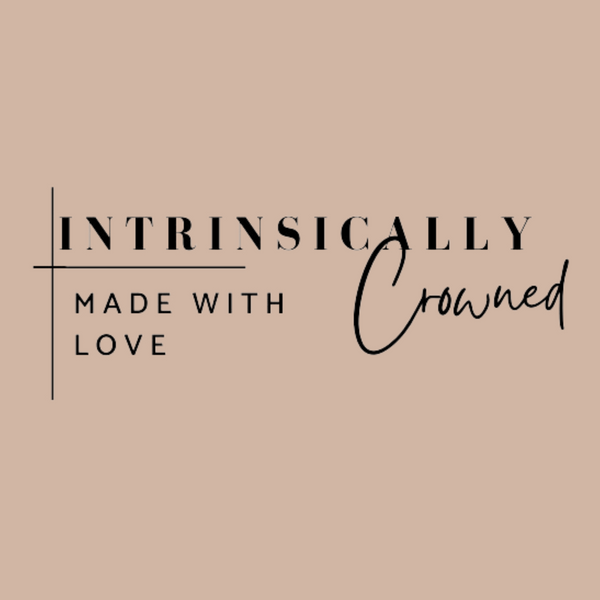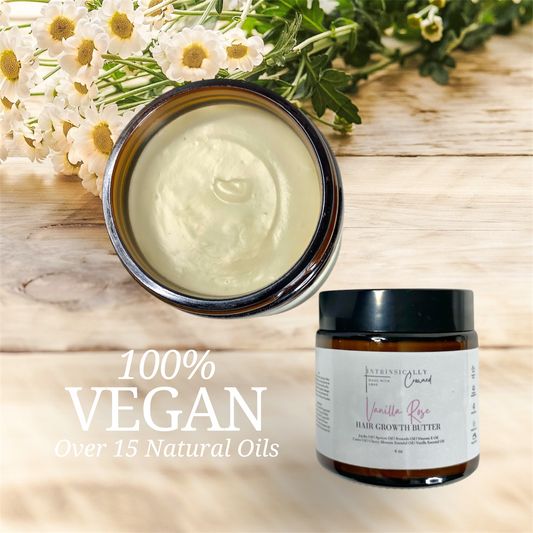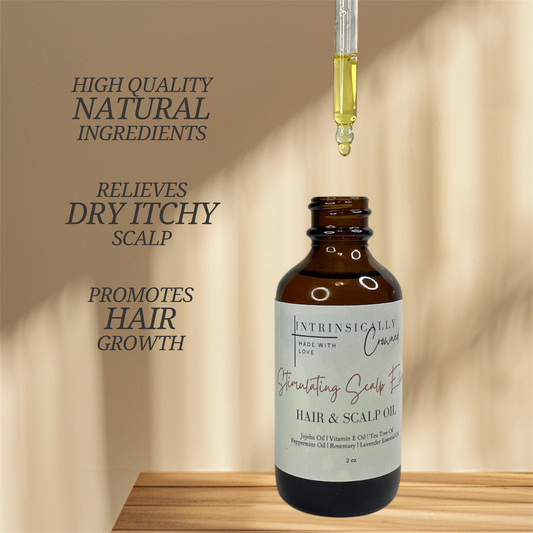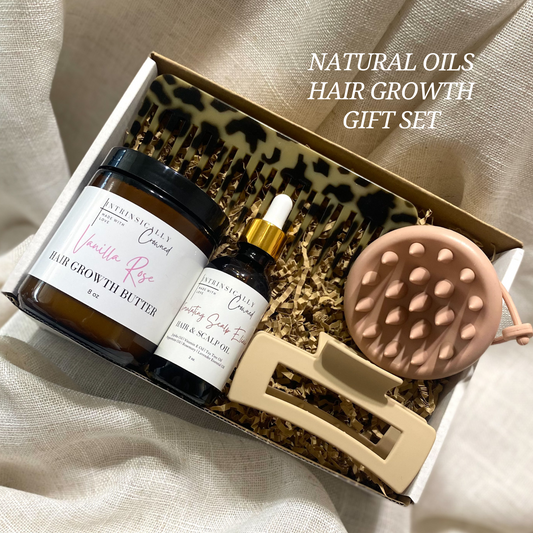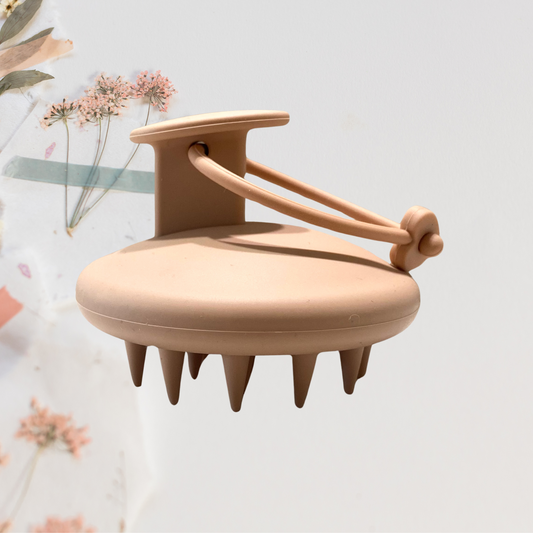
The Top 15 Tips to Help You Strengthen Your Weak Hair and Bring it Back to Health
Share
 Is your hair breaking as soon as you style it? Have you noticed an abundant loss of strands in the shower, in your comb and brush, or a reduction in overall volume?
Is your hair breaking as soon as you style it? Have you noticed an abundant loss of strands in the shower, in your comb and brush, or a reduction in overall volume?
At one point your crown was beautiful and healthy. Then one day you wake up and notice your hair is dry, brittle, dull, and breaking off. This is a scary feeling and can cause you to take desperate measures that can cause even more damage.
Weak hair could be the leading cause of these changes! From chemical processing and heat styling to a lack of quality hair care, most of us are susceptible to hair damage and weakening.
I speak from experience, and have personally used these top 15 tips and hair-strengthening strategies to help me strengthen my hair!
1. Know Your Hair Type to Avoid Using the Wrong Products
The first step to successful hair-strengthening results is to identify your hair type. Knowing your hair type will determine how and what products you should use. Using the wrong products can cause damage to your strands.
Dry hair requires intensive hydration with penetrating and nourishing products. This helps seal the cuticle and minimizes damage from environmental, chemical, and heat applications.
Oily hair can benefit from moderate conditioning without an oil base.
Kinky, coily, curly hair requires very specific nourishing treatments to maintain hair strength and a healthy scalp.
Review the list below and take a moment to determine your hair type:
Hair type 1: Straight hair
Straight hair is the most resilient of all hair types, and it reflects the most sheen. Straight hair is very hard to damage and very difficult to curl. This is because the sebum in this hair texture easily spreads from the scalp to the ends without curls or kinks; it is also the oiliest of the hair types.
Hair type 2: Wavy hair
Wavy hair's texture and sheen are between straight and curly hair. Wavy hair is likely to become fizzy. Fine wavy hair can be tamed and easily styled. Medium and coarse wavy hair can be hard to style.
Hair type 3: Curly hair
Curly hair ranges from tight to loose curls. It usually has a combination of textures. Curly hair circumference can be similar to a thick marker, a sharpie marker, or a pencil. They can range anyway from loose spirals to a tightly packed corkscrew. Its shrinkage can vary depending on the texture.
Hair type 3: Kinky hair
Kinky hair has a tightly coiled curl pattern and is often very fragile with a high density. Kinky hair shrinks when it's wet because it has fewer cuticle layers than other hair types. This makes it more susceptible to damage.
2. Take Care of Your Scalp

A dry scalp can cause profuse itching, while tension stresses the skin and hair follicles. Take care of your scalp by massaging conditioning products and Stimulating Scalp Elixir onto your skin, facilitating follicle health, and easing the tension caused by physically stressful hairstyles.
Massaging your scalp improves blood circulation and helps the follicles to receive more nutrients and oxygen, which promotes healthy hair growth.
Try massaging a mixture of jojoba oil and peppermint essential oil into your scalp before washing. Not only does it feel wonderful, but your scalp will love it.
I created Vanilla Rose Hair Growth Butter and Stimulating Scalp Elixir during my hair growth journey because I couldn't find the right oil for my strands. I studied all the different natural oils that help with hair growth, and after perfecting my formula, I shared it with my family and friends. They loved it and told me I needed to share it with the world. It WORKS! Use it on your scalp for growth, and use it on your strands to keep them moisturized and happy. Your crown will love you for it!
3. Avoid Chemicals

While we all love that sleek flat-ironed and photo-ready look, it does come at a price. Heat is the leading cause of hair breakage, damage, and loss.
Consider protective styles like twists, braids, or hair extensions. Just make sure you’re not stressing your scalp with tight styles.
6. Use Heat Protectants
If you are going to use a flat iron or hairdryer, always apply a heat-protective spray on your exposed strands. Heat Protectants form a protective barrier over the cuticle of your strands to protect them from the heat of your styling tools. It also helps to seal in the moisture that would be lost without it.
7. Avoid Tension on Your Strands
Tight headbands and up-do buns and ponytails look great on you but at the same time, it’s placing immense pressure on your hair follicles, cuticles, and your scalp. Up styles should be applied infrequently to eliminate tension on your edges and maintain your hair-strengthening strategy.
8. Use the Proper Detangling Techniques
So you’ve just stepped out of the shower. You ruffle your hair with the towel, yank your locks through a comb and apply your hair styling products. In a few minutes, you’ve broken and damaged more hairs than you can imagine.
Incorrect detangling causes split ends and damaged cuticles. If you suffer from tangles, apply anti-tangle products from sprays and conditioners to brushes.
Here are a few detangling techniques and good hair-strengthening strategies to help you:
- Use slippery conditioners to detangle and always detangle your hair when it’s wet. Water and conditioner help to lubricate your strands and reduce breakage.
- Detangle in sections. Separate your tresses into 4 or 6 sections and work your way through one section at a time.
- Use your fingers to detect knots and gently pull your strands apart. Then use your fingers like a comb to gently separate and detangle your strands. This technique is useful before using a comb or brush.
- Use a wide-tooth comb and/or brush with wide bristles. A Denman Classic Styling Brush is a good choice for kinky, coily, curly strands.
- When detangling, work from the bottom, up to your roots. Hold your strands with one hand and detangle with your other hand starting at the ends and working your way up to the roots. Twist or braid the sections after they are detangled.
Don’t be alarmed by the strands that are lost. It’s normal to shed between 50-100 strands a day.
Be gentle and take your time. Detangling is nothing to rush through. When you rush through the process, you’ll miss strands and cause unnecessary shedding.
Finger vs Comb Detangling Method
9. Wear Protective Styles (natural braids, twists, low manipulation)
Keep your hair protected with styles that lock in moisture and improve growth. Natural braided hairstyles, twists, and low manipulation are ways to promote growth and strengthen weak strands.
Here are a few cute styles to try out:
- Bantu knots
- Two strand twists
- Flat twists
- Crochet braids styles
- Protective hair extensions
Whatever style you choose, just make sure you aren’t pulling your strands too tight. Tight hairstyles are one of the main culprits for breakage and the loss of your edges.
10. Trim Regularly to Manage Split Ends and Fairy Knots

Most people think trimming your hair makes your hair grow. This is not true. Trimming your hair helps you to retain length.
Split ends and fairy knots simply become more severe and climb up the hair shaft over time. This means cutting more hair off, to get rid of the damage.
Contrary to popular belief, regular trimming is a great way to improve your hair-strengthening strategies and retain length. Pay close attention to your ends and keep them fresh by trimming out those length-robbing split ends and fairy knots.
Keep your hair and scalp properly hydrated. When your tresses are dry, your strands become brittle and break off.
11. Moisturize
Water is the best thing for your hair and scalp, but we all know that water on certain types of hair can destroy your style. This is why it’s important to seal in moisture with oils and moisturizers that contain water as their 1st or 2nd ingredient.
Proper moisture helps with elasticity, but make sure you don’t over-moisturize. This can cause Hygral Fatigue. Hygral Fatigue will also cause breakage.
12. Use Hair Masks/Deep Conditioners
Hair masks and deep conditioners help to heal damaged strands. They contain nutrients in heavier concentrations that penetrate the hair and promote elasticity. Use a hair mask or deep conditioner every other wash day for suppleness and lushness.
13. Avoid Product Buildup by Using Clarifying Shampoo
A clarifying shampoo helps eliminate the excess product and deposits that remain on your hair after every wash. Product buildup is responsible for dullness and weakness.
14. Use Satin or Silk Bonnets and Pillowcases at Bedtime
Cotton scarves and towel drying cause dryness and breakage. Keep your crown looking beautiful and gorgeously managed by wearing soft, supportive satin or silk scarves when tying your hair up, or sleeping on satin or silk pillowcases.
Be sure to tie your tresses up whenever you’re lying around the house (watching TV or reading a book.) Also, use a tee shirt instead of a towel to dry your hair after you wash it. Heavy towels dry out and put undue stress on your crown.
15. Keep Your Hands Out of Your Hair

Have you heard of Hand in Hair Syndrome? Most of us have it. Hand-in-hair syndrome is when you constantly have your hands in your hair; twisting, pulling at your curls, brushing too much, or twirling it between your fingers.
This dries your hair out and causes hair loss. The best way to stop this behavior is to wear protective styles, wear low manipulation styles, and keep your hair wrapped up when you can.
The Best Hair Strengthening Tips
These tips will help you keep your hair in the best possible shape. These simple hair-strengthening steps can best protect your beautiful crowning glory.
Let me know if this article has helped you. I'd love to hear from you.
